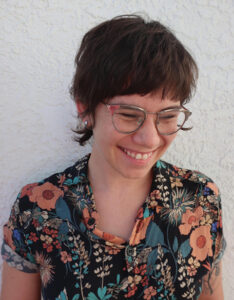 Photo by ND Stevenson.
Photo by ND Stevenson.It’s hard enough to excel in one medium, but Molly Knox Ostertag has found success as an animation writer and a graphic novelist. She’s worked on shows like Star vs. the Forces of Evil and The Owl House and has gained a following for her young adult webcomics and graphic novels like the bestselling The Girl from the Sea and The Witch Boy trilogy—the latter of which, Netflix is turning into an animated musical. All of this, and she’s barely into her 30s.
In the beginning, Knox Ostertag felt humbled by her increasing popularity. She put her books out into the world, certain no one was paying attention, “despite evidence to the contrary,” she says. “Even though I’d hear from people that they were reading them, I’d just think, that’s fake.”
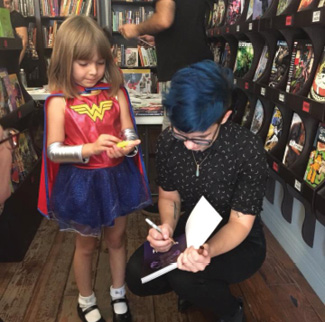
Now that she has a large enough fanbase that she can no longer deny it exists, she says she appreciates how young kids connect and engage with her comics. “The way that children interact with stories is so pure,” she says. “[They] get lost in the world, get obsessed with it, and they read it over and over again. They’re not thinking about, ‘What is the author trying to say? What does it mean?’ They’re just getting caught up in it.”
Ostertag was raised in upstate New York, and her parents encouraged her to draw from an early age. She’d use books to escape and would draw her interpretations of characters from novels. “[It was] this place where I could travel away from the real world and exist in this fantasy world,” she says.
She read authors like Ursula K. Le Guin and Tamora Pierce, and as an avowed Tolkienite, she loves Lord of the Rings because she feels like the author’s “whole life was devoted to this fictional world.” She also read The Adventures of Tintin, Calvin and Hobbes, and Asterix, but most graphic novels and comics at the time were superhero focused, and it was hard to find ones that represented her. “There were not that many queer stories when I was a kid,” she says.
“The confluence of storytelling and social justice and representation and all these big conversations that are going on has always been very interesting to me… But the heart of it has always been about telling really fun stories that are exciting and interesting and that pull you in.”—Molly Knox Ostertag
After learning about the art of comic making in high school—and, also, that it’s a real job that people actually do for a living—Ostertag spent a year at Bard College before transferring to New York City’s School of Visual Arts to study illustration and cartooning. She became a fan of comics artists like Emily Carroll and Kate Beaton, and as she did as a child, she continues to wonder, “How can I turn how this book made me feel into something visual?”
Early on Ostertag partnered with others on projects, but there came a time when she took a beat to figure out her own voice and what stories she’d like to tell. “The confluence of storytelling and social justice and representation and all these big conversations that are going on has always been very interesting to me,” she says. “But the heart of it has always been about telling really fun stories that are exciting and interesting and that pull you in. That means a lot of stories with women and femininity at the heart of them. And it means stories with a lot of queerness at the heart of them, and stories that are as diverse as the world that we live in.”
Art and creativity also play a role in Ostertag’s personal life. She’s married to ND Stevenson, the animator and writer who developed the Netflix series She-Ra and the Princesses of Power and wrote and illustrated the graphic fantasy novel Nimona. She says that through Stevenson she learned how to talk about her work and talk through story points. Ostertag warns that “we’re so annoying to watch movies with” because they pick apart every plot point and twist.
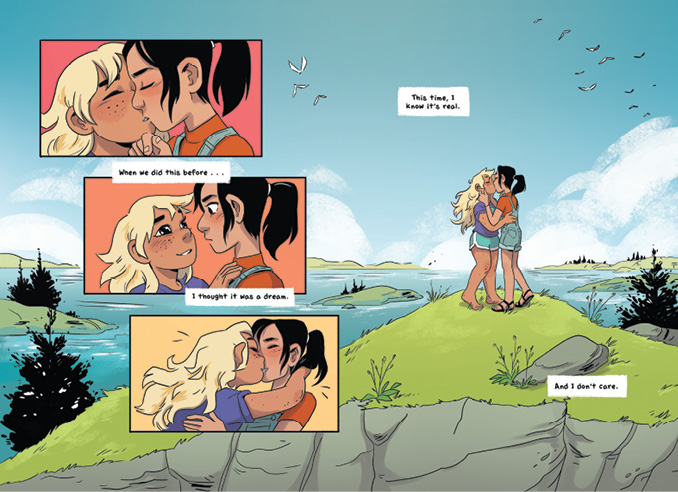
When asked which medium Ostertag likes more, animation or graphic novels, she explains why she appreciates each.
“What I love about comics is that you can really do it with anything; it’s this incredibly welcoming field,” she says of an industry where she got her start in ink drawing and scanning pages using her school’s photocopier. But it can also be isolating because she’s doing it solo, which makes animation appealing.
“Animation is this collaborative medium,” she says. She loves “getting to bring in different voices and hear what people have to say, and have everyone come in with their specific skills and knowledge.”
In other words, she’s drawn to both.
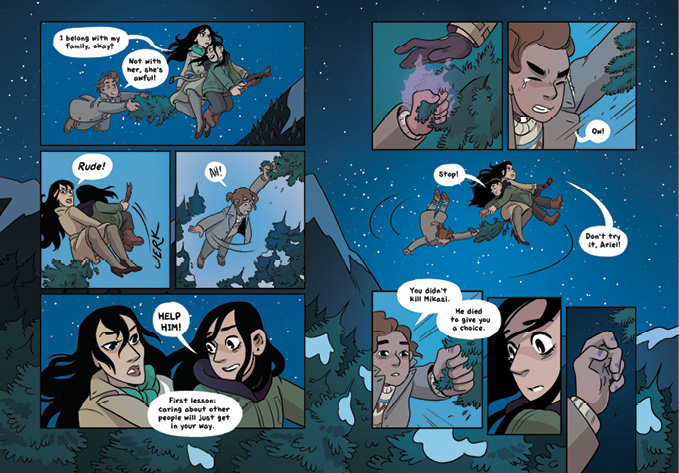
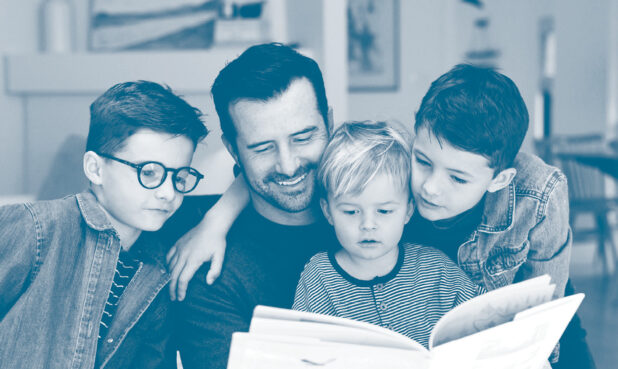
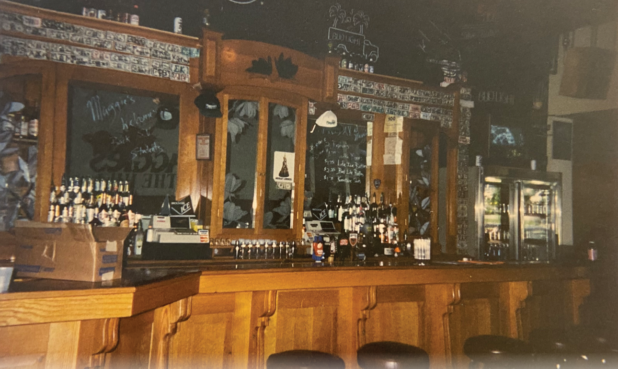
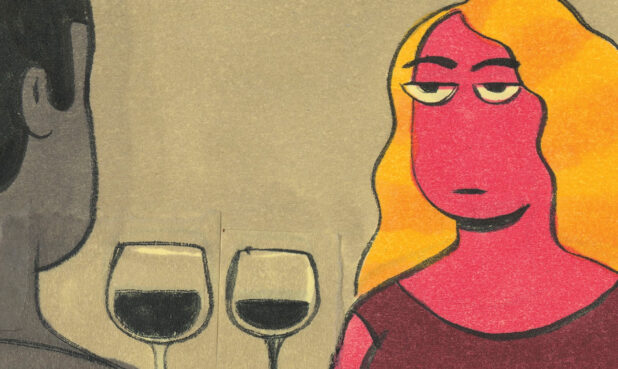
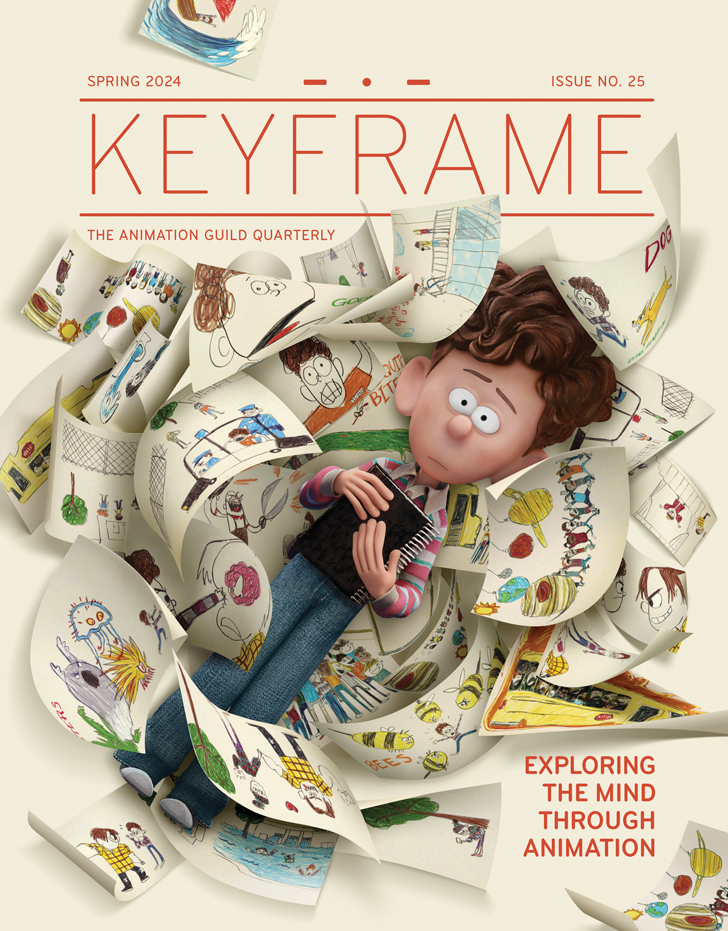
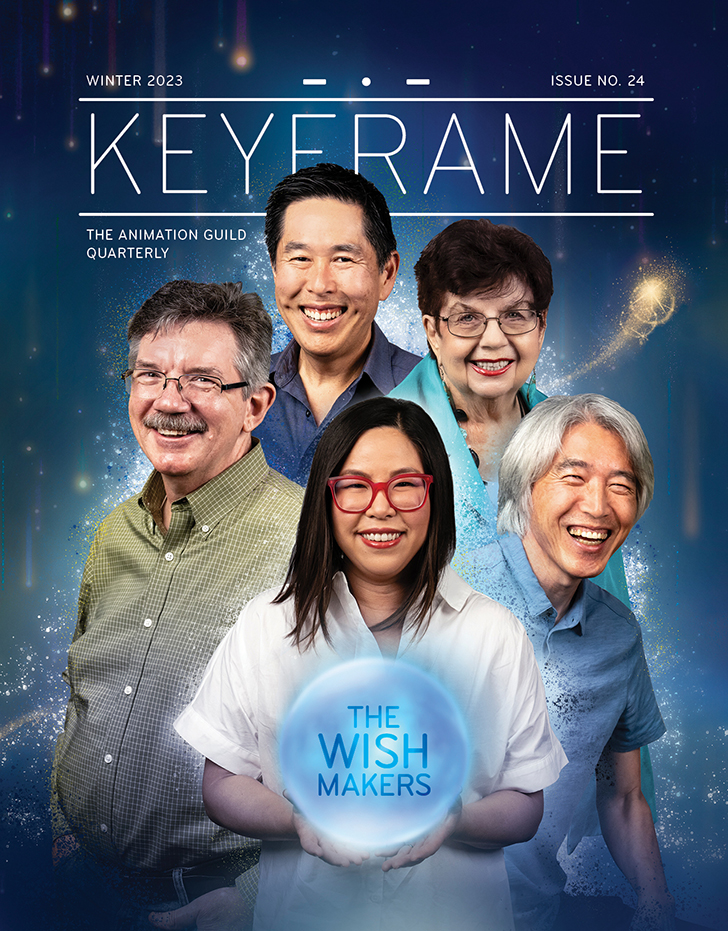
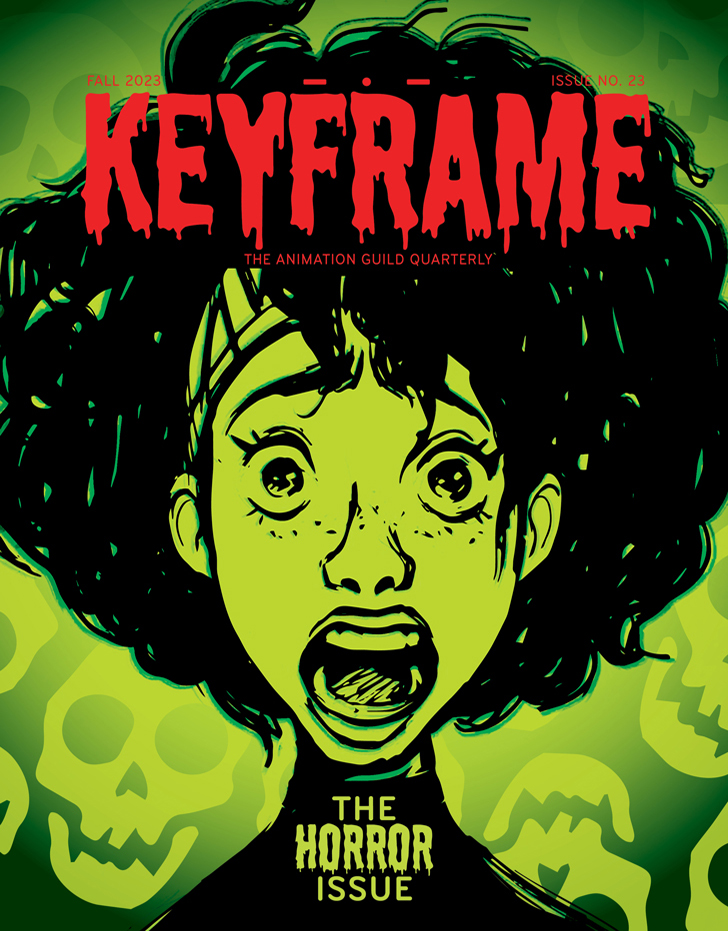
.png)